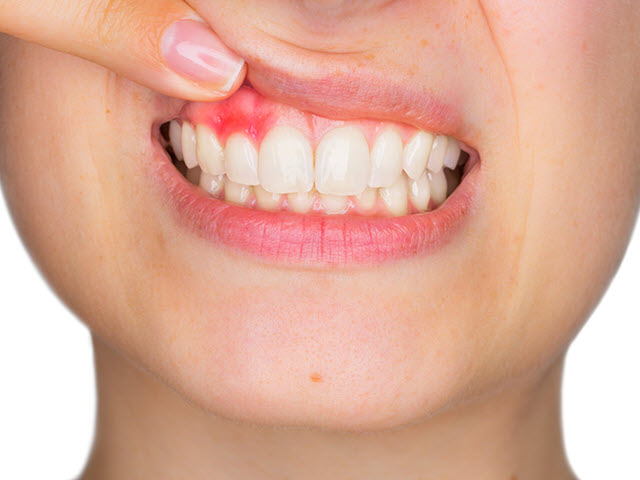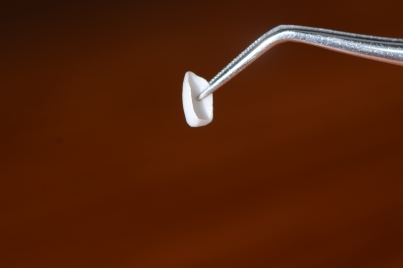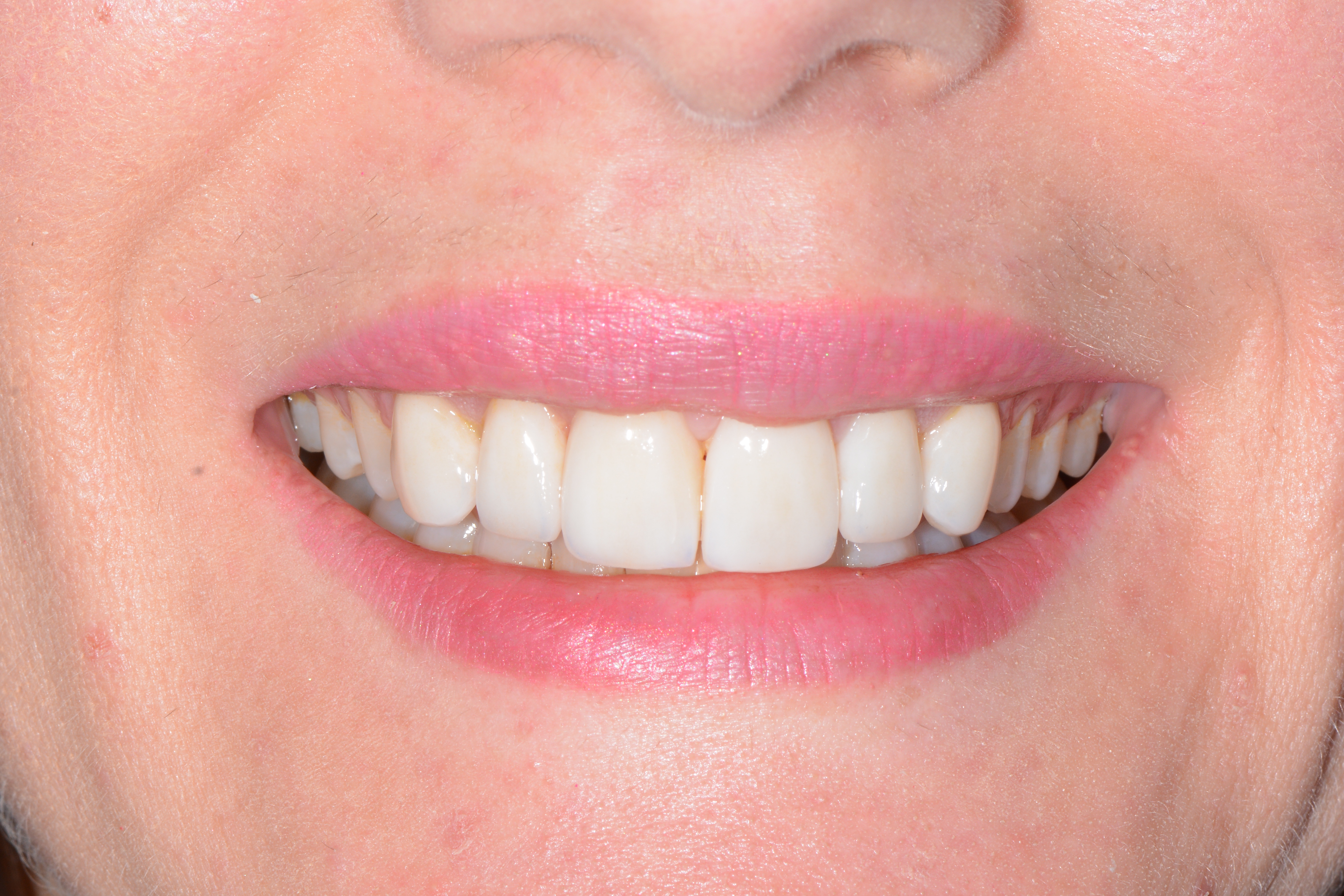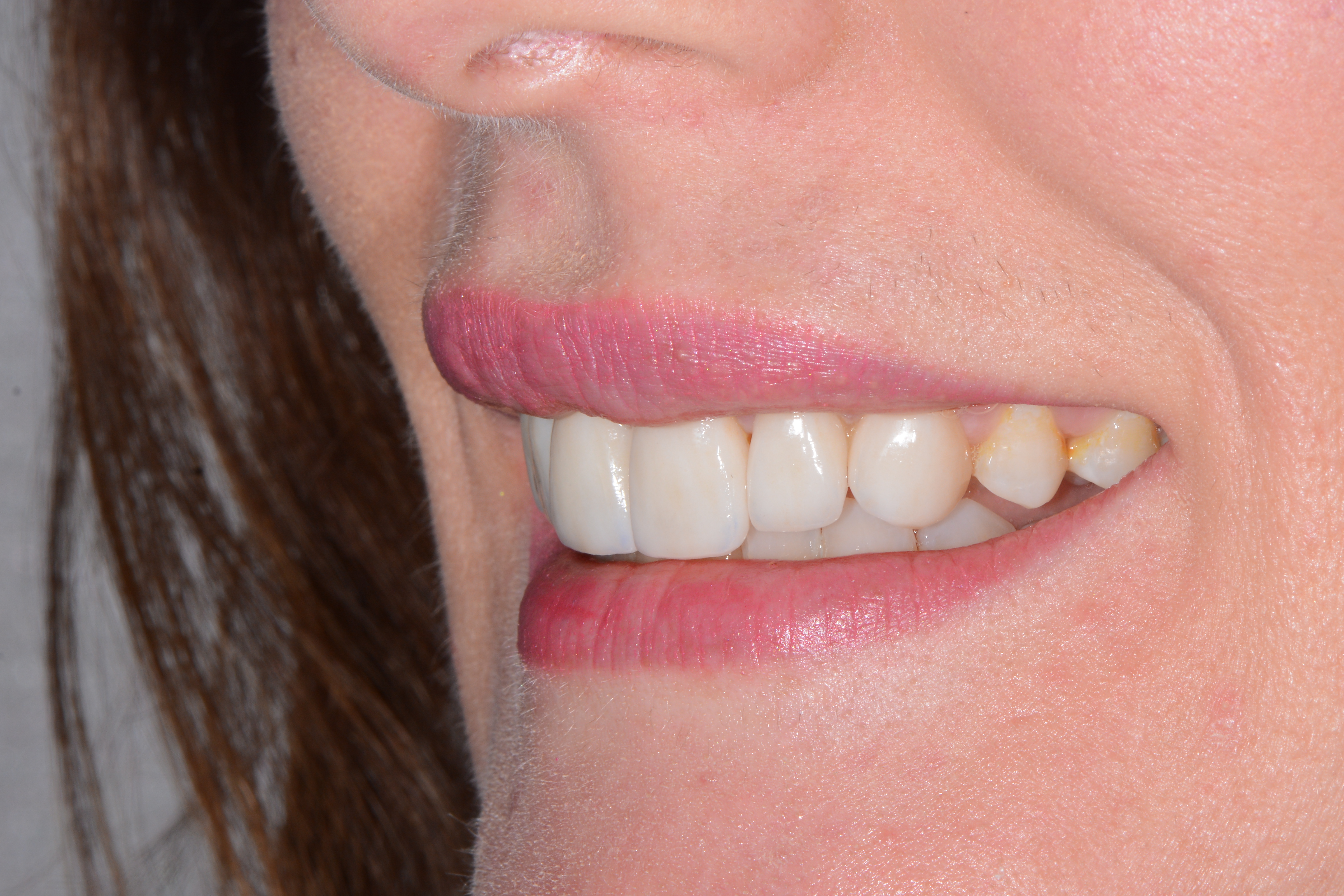Dişeti Hiperplazisi (Dişetinde Aşırı Büyüme) Nedir? Tedavi Yöntemleri Nelerdir?
Dişetlerinin büyüklükleri, kalınlıkları nispeten sabittir. Dişeti çekilmesi rastlanılan bir durum olmasına rağmen dişeti büyümesi alışılagelmiş bir durum değildir.
DİŞETLERİ ZAMAN İLE VEYA YAŞ İLE BÜYÜYEBİLİR Mİ? Dişetleri genetik bir neden ile daha büyük ve kalın olabilir, tıpkı cildimiz gibi. Fakat bunun ile birlikte dişeti maruz kaldığı bir sebepten ötürü aşırı büyüyebilir.
Dişetinin büyümesi durumunda, dişeti iltihabına da daha kolay maruz kalabilirler. Ve bu durumda kalın kabarık ve iltihabik bir görünüme sahip olabilirler, bu hem estetik hem de genel sağlık açısından hiçte istenmeyen bir durumdur.
DİŞETİ HİPERPLAZİSİ NEDİR?

Dişetinin normal görünümü GÜL KURUSU PEMBE renkte ve PORTAKAL KABUĞU görünümündedir. Dişlerin çevresindeki dişetinin aşırı büyümesidir. Dişeti büyümesinin sebeplerini sıralayacak olursak;
1. İltihabi büyümeler; Bunun en yaygın nedeni maalesef kötü ağız hijyenidir. En yaygın bu nedenin tedavisinde en kolayıdır. Ağız hijyeninin sağlanması ve ardından düzenli fırçalamanın yapılması ile dişeti normal görünümüne kavuşur. Enflamasyon nedeniyle (iltihap nedeniyle) dişeti büyümesi oluşur. Dişeti iltihabına neden olan plak tabakasına karşı bir savunmadır, aslında dişeti genişlemesi ve şişmesidir. Bu hassaslaşan dişetinin kırmızı görünmesine ve sıklıkla kanamasına neden olur.
2. İlaca bağlı dişeti büyümeleri; ikinci en yaygın nedendir. Belirli ilaçların yan etkileri dişeti hiperplazisine neden olur. Özellikle epilepsi hastalarında kullanılan nöbet önleyici ilaçlar dişeti büyümesine sebep olur. Tansiyon ve kalp ile ilgili durumları tedavi etmek için kullanılan ilaçlar büyümeye sebep olabilir. İlaçlar değiştirildiğinde veya bırakıldığında otomatik olarak büyüme gittiği gibi bazen dişetlerinde gingivektomi dediğimiz traşlama işlemlerini yapmak gerekebilir. Ağız hijyeninin düzeltilmesi şarttır. İlaç kullanımının kesilemediği hatta değiştirilemediği durum da mutlaka düzenli diş hekimi kontrolü ile ağız bakımı yapılması gerekmektedir.
Sonuç olarak bir ilacın yan etkisi ile ortaya çıkan dişeti büyümesi tedavi edilmez ise dişeti hastalığına hatta dişetlerinin altında ki kemiğin iltihaplanıp çekilmesine yani (PERİODONTİTİSE) neden olur.
3. Sistemik genel durum ile ilgili büyümeler; Hamilelik, ergenlik, C vitamini eksikliği, Lösemi
Hamilelik döneminin hormonal değişimi, kişideki hormonal bozukluklar ve dengesizlikler basit sistematik nedenlerdir. Lösemi , anemi, diyabet, lenfoma, vitamin eksiklikleri ve HIV dişeti büyümelerine ve iltihaplara sebep olmaktadır. Ve bu tip hastalar zaten mevcut sağlık problemleri ile uğraşırken dişeti büyümesini göz ardı etmekte, sistemik problem düzeldiğinde bu sefer dişeti hastalığı ile uğraşmak durumunda kalmaktadırlar. Hormonal sorunlar, özellikle doğuştan olanlarda bazen dişler de farkedilmeyecek bir şekilde büyümeler görülebilir.
Üstelik erken dönemde yani 5 ile 12 yaş arasında dişeti büyümesi var ise daimi dişlerin ağızda yerlerini alması da güçleşecektir.
4. Dişeti Tümörleri
5. Yalancı büyümeler
Kabarık ve iltihaplı görünüme sahip dişetlerinin temizliği oldukça zordur. Hatta bazen dişeti büyümesi, dişlerin pozisyon değiştirmesine yani diş hizalarının bozulmasına neden olur. Yani tavuk mu yumurtadan çıktı yumurta mı tavuktan gibi dişeti iltihabı dişlerin çapraşıklığına mı sebep oldu ya da dişlerin çapraşıklığı mı dişeti iltihap ve büyümesine sebep oldu anlaşılmayabilir. Kişi büyümüş dişeti, kanamalı ve sağlıksız bir dişeti problemi ve diş çapraşıklığı ile hem estetik görünümünü yitirmiş hem dişlerinde periodontal problem ile karşı karşıya kalmış olabilir. Ve araştırmalar kötü ağız sağlığının genel vücut sağlığına olumsuz etkisi olabileceğini göstermektedir. Dişeti büyümesi iltihaplı veya iltihapsız olabilir. Kalınlaşmanın da farklı farklı tipleri vardır.
DİŞETİ HİPERPLAZİSİNİN BELİRTİLERİ NELERDİR?
Dişeti hiperplazisi ağrılı olabilir, ancak ağrılı olmayan sessiz bir durumda da olabilir. Durum bazen ağrı olmadığı için, dişeti hiperplazisi ileri aşamalara kadar fark edilmez. En yaygın belirtisi kırmızı, kanayan dişetlerine sahip olunmasıdır. Dişetleri eskisinden çok daha büyük görünür ve genellikle dişlerin önemli bir bölümünü kaplayabilir. Durum ağız sağlığını ve ayrıca genel sağlığı etkiler. Bağlantı dişetlerinin kabarık ve büyük olduğu zaman bu kısımların etkin bir şekilde fırçalanamamısıdır. Dişeti cebi oldukça büyümüştür. Sebebi dişetinin dişi olduğundan fazla örtmesidir. Dişeti iltihabına açık bir yapıya sahiptir. Ve araştırmalar ALZHEIMER, PARKINSON gibi nörolojik hastalıklar ile dişeti iltihabının bağlantısını gözler önüne sermektedir.
Dişeti iltihabı ağızın hangi bölgesindeyse dişeti büyümesi de o bölge de oluşabilir. Dişeti büyümesi ağzın bir bölgesinde lokalizede olabilir tüm dişleri saracak şekilde genelde olabilir. Dişeti iltihabı kemik kısmına geldiğinde kemiğin çekilmesiyle bu dişeti büyümesi dişeti çekilmesine dönüşecektir. Dişeti iltihabı nedeniyle meydana gelen dişeti büyümesi en kolay tedavi edilenidir. Dişeti iltihabı iyileştiğinde büyümesi de hızlıca düzelir.
Nadir rastlanan bir durum olsa da Kalıtsal dişeti büyümesi de 1:350.000’i etkiler. Genellikle çocukluk döneminde gelişir. Ancak bazı vakalar yetişkinliğe kadar belirgin olmayabilir. Kalıtsal dişeti fibromatozunda olan şey aşırı kollojen üretimine bağlı dişetlerinin büyümesidir. Genellikle gummy smile görünümü de vardır. Cerrahi müdahale gerektirir. Bazen ikincil olarak büyüyen dokuyu almak gerekir.
DİŞETİ HİPERPLAZİSİNİN TEDAVİSİ
Altta yatan nedenin önce tespiti ile tedaviye başlanabilir. Problemin ortadan kaldırılması ve ağız hijyeninin sağlanması ile iyileşme sağlanabilir. Aşırı büyüme durumunda gingivektomy dediğimiz dişetinin düzenlenmesi işlemi gerekir. Altta yatan sebep ilaç kullanımı ise ilaç değişimi gerekebilir. Hormonal problemlerin sebep olduğu durumda hormon tedavisi ve dişeti uzmanının beraber hareket etmesi lazımdır. Çünkü büyümeye yapılacak cerrahi müdahale tekrar büyüme ile sonuçlanabilir. Bu durumda dişeti büyümesine sebep olan problem tam anlamıyla tedavi edilmesinden cerrahi müdahale yapmak yanlış olur.
Cerrahi müdahale yani dişetinin seviyesinin düzenlenmesi Elektrokoter, lazer ya da bistüri ile yapılabilir. Yara iyileşmesi esnasın da iyileştirici pomat ve gargaralar önerilebilir. En önemli tedavi protokolünün ilk ve en önemli unsurunun etkenin ortadan kaldırılması olduğu unutulmamalıdır.
Kaynak: http://www.aestheticsmilereconstruction.com , Carranza’Clinical Periodontology-11th edition












